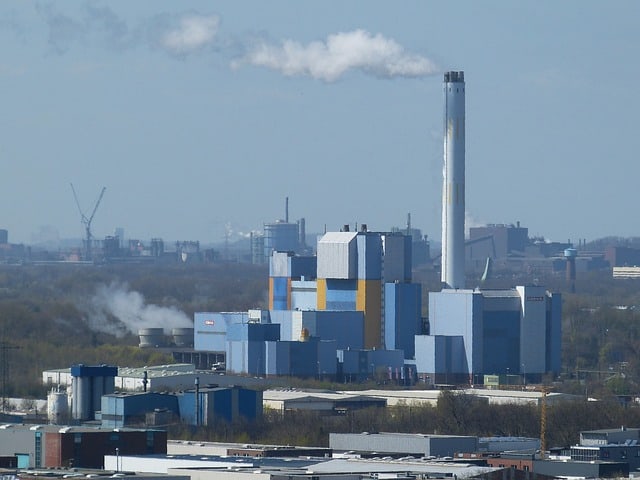Methods of Domestic Garbage Incineration and Resource Utilization

The incineration process of domestic waste is bound to be accompanied by the generation of fly ash, which is about 3% to 5% of the amount of incineration of domestic waste. Resource utilization has gradually become an important issue to be solved in the waste disposal industry.
Current status of resource utilization of fly ash
1. Cement production
The main chemical components of domestic waste incineration fly ash are CaO, SiO2 and Al2O3, which are very close to the components of cement clinker, so fly ash can be used as a raw material for cement production. Water washing can remove a large amount of chloride ions in fly ash. Studies have shown that the elution effect of chloride ions in fly ash is mainly affected by the water-cement ratio. When the water-cement ratio is 3:1, after three times of washing, the removal rate of chloride ions in fly ash can reach more than 94%. After the fly ash is washed and pretreated, it can be utilized as a resource by the cement kiln process. Due to the characteristics of high temperature, alkalinity, and negative pressure, cement kilns have certain advantages in decomposing dioxins and heavy metals in fly ash, and the residues can be used as raw materials for cement production. The cement kiln process has good stabilization and degradation effects on heavy metals and dioxins in fly ash, but poor solidification effect on heavy metals with high volatility under high temperature conditions, such as Ba, Pb, Cd, etc.
2. Lightweight aggregate production
Domestic waste incineration fly ash has suitable silicon-aluminum ratio and potassium-sodium oxide content, which can be used as raw material for preparing lightweight aggregate. Zhang Han used fly ash as raw material, waste glass as additive, calcium carbonate as foaming agent, and boric acid as cosolvent to prepare a porous ceramic body by low-temperature sintering. The research shows that when the sintering temperature is greater than 900 ° C, heavy metals in the product are leached. Concentration in line with national standards. Porous ceramsite prepared by low-temperature sintering of fly ash has high strength and a wide range of practical applications, but the production process consumes a lot of energy and requires further treatment of flue gas. Liu Juan mixed and sintered domestic waste incineration fly ash and sewage plant sludge to prepare lightweight aggregate, conducted sintering experiments under different conditions (including additives, sintering time, sintering temperature and raw material ratio), and analyzed the compressive strength, Density change rate, volume reduction rate, loss on ignition and other physical and chemical properties, the results show that the ratio of incineration fly ash to sludge is 7:3, adding 1% additives, and sintering at 1080°C for 90 minutes can get the best sintered product performance.
3. For asphalt slurry
Domestic waste incineration fly ash can replace part of fine aggregate for asphalt slurry. Fly ash has the characteristics of light weight, small particle size, large specific surface area, developed pore structure, and contains a variety of highly active transition metals. Zheng Kaigao’s research found that the improvement effect of fly ash on the high-temperature performance of asphalt mortar is significantly better than that of mineral powder. Under different temperature conditions, the asphalt mortar with fly ash as filler has a higher high-temperature PG grade than that of mineral powder under the same conditions. Studies have shown that fly ash can effectively improve the high-temperature stability of asphalt mortar without reducing the low-temperature crack resistance. Under the three protective layers of the adsorption layer, the purpose of coating fly ash with asphalt and stabilizing heavy metals is realized.
4. Glass Production
Domestic waste incineration fly ash is melted at high temperature, and the slag can form a stable glass body after cooling. Studies have shown that the glass produced by melting fly ash has good mechanical properties and thermal properties, and can be used to produce glass-ceramics. Park YJ et al. melted incineration fly ash at a high temperature of 1500 °C, and the strength and flexural strength of the resulting glass body can meet the requirements of resource utilization. The high-temperature melting of fly ash to produce glass has the advantages of good heavy metal fixation effect and high dioxin removal efficiency. However, due to the high energy consumption of this technology and the need for proper disposal of secondary fly ash generated in the process, it has not been widely used at present.
